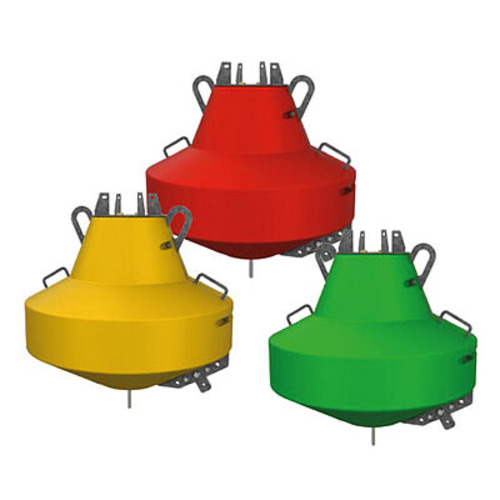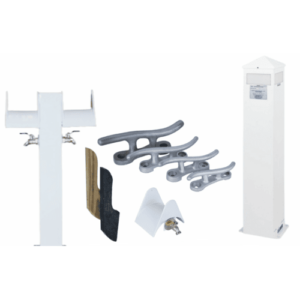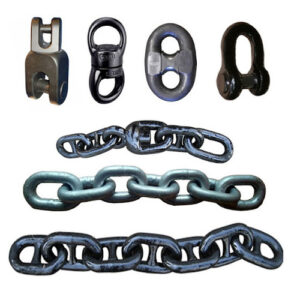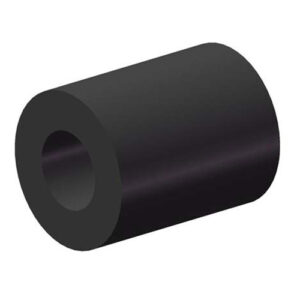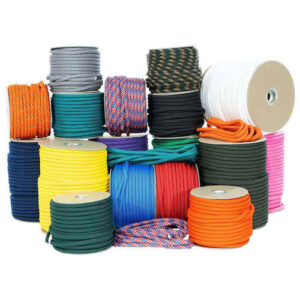Key Features of Marine Buoy
1. Design and Structure of Marine Buoy
Marine buoys feature a hollow, watertight body designed to float and remain upright in rough sea conditions. Their shape—whether spherical, cylindrical, or conical—ensures stability and visibility. Many models include radar reflectors, lights, and lifting eyes for multipurpose use.
2. Buoys Material
Manufacturers use UV-resistant polyethylene, rotationally molded plastic, or marine-grade steel depending on the application. These materials resist corrosion, impact, and degradation caused by sun exposure, saltwater, and marine growth.
3. Lifting Capacity of Marine Buoy
While not used for lifting directly, buoys offer high buoyancy ratings to support heavy mooring chains, lights, telemetry equipment, or monitoring gear. Engineers design them to maintain floatation while bearing vertical loads from mooring systems.
4. Installation and Integration of Buoy
Crews deploy buoys quickly using mooring chains, shackles, or sinker blocks. Their universal fittings and balanced design ensure compatibility with standard mooring setups, signal systems, and offshore monitoring networks.
5. Safety and Control of Marine Buoy
Buoys play a critical role in marine safety by marking channels, hazards, and anchorage zones. Equipped with high-visibility colors, retroreflective tapes, and solar-powered beacons, they guide vessels and reduce collision risks even in low-visibility conditions.
6. Durability and Maintenance of Marine Buoy
These systems withstand prolonged exposure to waves, UV rays, and physical impact. Operators typically conduct routine checks for biofouling or damage. Most models require minimal maintenance thanks to self-draining designs and long-lasting materials.
7. Versatility
Marine buoys serve navigation, anchoring, mooring, and environmental monitoring. Whether placed in harbors, open sea, or coastal zones, they perform reliably across commercial shipping, oil & gas, aquaculture, and scientific sectors.
8. Compliance and Standards
All units conform to IALA Maritime Buoyage System standards and comply with IMO and SOLAS regulations. Certification by bodies like DNV or ABS ensures they meet visibility, buoyancy, and structural safety benchmarks for marine use.
